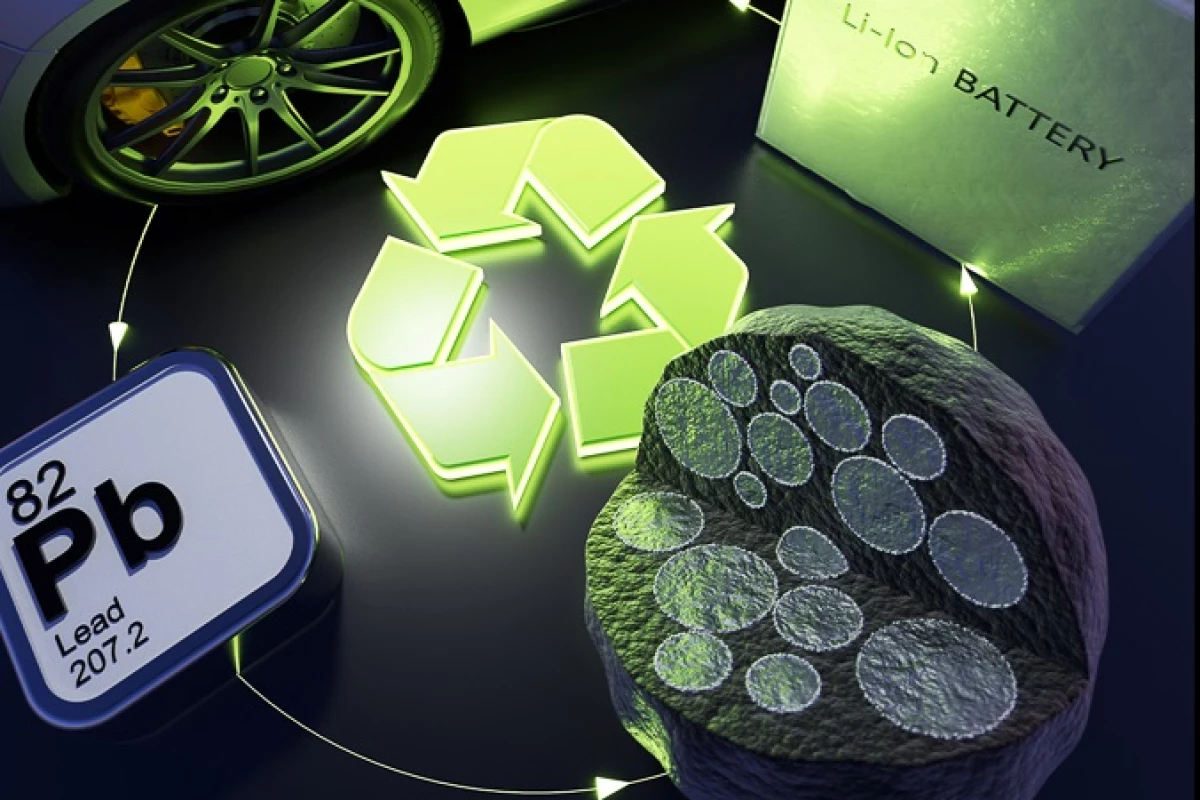When it comes to expanding the capabilities of today’s lithium-ion batteries, all kinds of alternative materials are on the table, from salt, to silicon, to microwaved plastics. Owing to its abundance, low cost and familiarity in battery systems, lead is one option with plenty of appeal, and scientists have just demonstrated how the material can form the basis of a new lithium battery anode that offers far greater storage capacity.
As one of the two electrodes in a lithium battery, the anode is loaded up with lithium ions during charging and releases them during discharge. Graphite is the material of choice for lithium battery anodes today, and serves them well, remaining stable across thousands of charging cycles. But where scientists would like to see some improvement is in their storage capacity, and for a team at Argonne National Laboratory, there is plenty of potential in lead.
Because it is widely used in lead-acid batteries, the oldest type of rechargeable batteries, there are well-established supply chains for lead, as well as systems in place to recycle the material at the end of its life. This, combined with the its low-cost and availability led the team to experiment with a lead-based anode for use in a lithium ion battery, with some promising early results.
The team started with large lead-oxide particles, which were combined with a carbon powder and shaken for several hours. This sees them converted into smaller, microscopic particles embedded in a carbon matrix, all encapsulated in a thin lead-oxide shell.
This new anode material was put to the test in battery cells in the lab, where it offered twice the energy storage capacity of conventional graphite anodes over 100 charging cycles, and proved perfectly stable throughout. The team was able to boost its performance further by adding fluoroethylene carbonate to the electrolyte solution, which carries the battery’s electrical charge.
“Our discovery challenges the current understanding of this type of electrode material,” says Christopher Johnson, the principal investigator of the project. “Our findings also provide exciting implications for designing low-cost, high-performance anode materials for transportation and stationary energy storage, such as backup power for the electric grid.”
The research was published in the journal Advanced Functional Materials.
Source: Argonne National Laboratory




